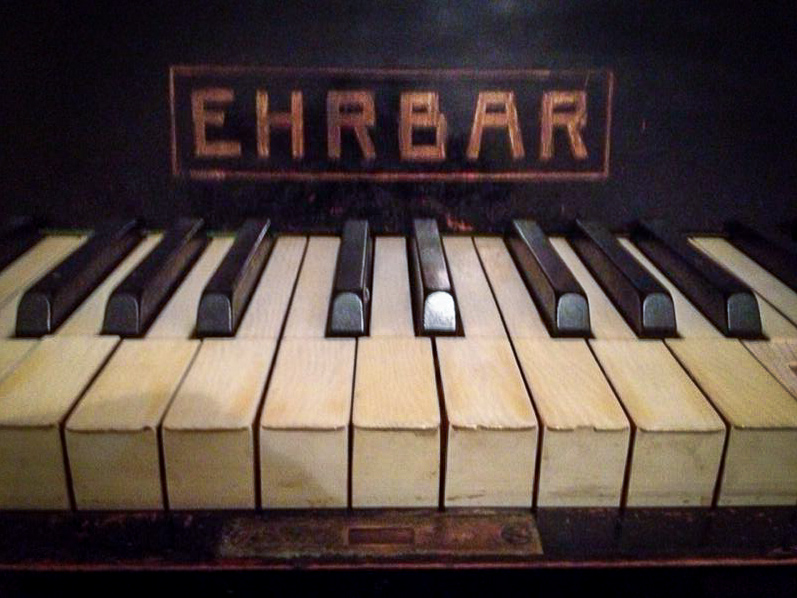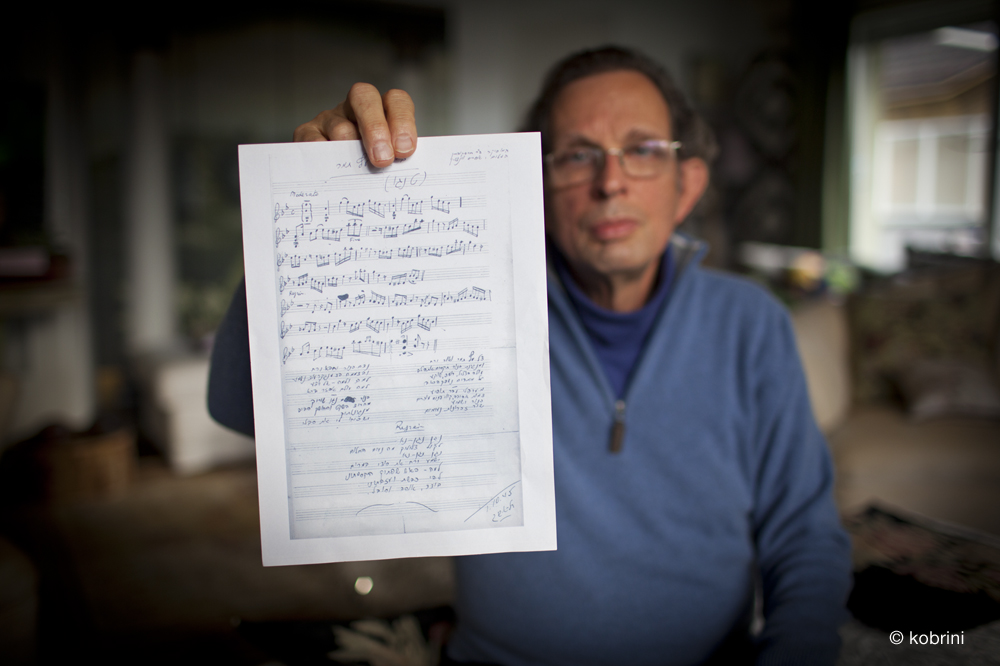The Violin

The violin was the starting point of our journey in trying to discover the story of Chaim(as) Kobrin(as). This was the object closest to his heart and soul. We believe it helped us discover more stories about him once we decided to take it out of its case.
My father unzipped the grey violin case, picked up the violin in his hands and inspected it from different angles. We do not know where or when this violin was bought. What we do know is that Chaim(as) Kobrin(as) studied playing the violin at the Music Academy of Bologna, Italy while he was studying medicine in the mid 1930s.
Online information from the International Museum and Music Library of Bologna confirmed that Chaim(as) Kobrin(as) was a violin and viola student in Bologna between 1937-1938. His teacher during those years was Materassi, Alessandro.
The violin was the love of Chaim(as) for more than fifty years. He used to play it during friends and family gatherings, and it provided a source of joy and happiness for him. After the tragic death of his daughter Gila in 1973 (age 33), something died inside of him. He never touched the violin again.
After his death in 1983, the violin was transferred form place to place between family members until it was given to Orna, the daughter of Gila in 1989. Orna kept the violin untouched for about 17 years. In 2006 my father took it back for safe keeping.
At this stage the violin was completely deteriorated. The case was worn out, almost falling apart when we tried opening it. Inside lay the delicate instrument covered with dust, torn strings, a broken bridge and stringless bow. The violin looked soulless, neglected and miserable. We decided to have it repaired, as my father felt that the violin must be brought back to its original shape.
The name “Kobrin” on the edge of the bow.
I took the violin to a repair shop in Tel Aviv. The owner of the shop, Amnon Weinstein, a renowned violinmaker, opened the black box, took out the violin, looked at the instrument, and could not withhold his spontaneous surprise. Pointing at the vintage bow he said:
Look here on top of the bow! We used to categorise all of the instruments that came for repair in our shop with the last names of our customers. Hand written in pencil is the name “Kobrin” in Hebrew. Do you see it? Your grandfather must have visited our shop many years ago with this violin. It will be an honour for me to take care of it.
A few weeks later, I came back to the shop to pick up the repaired violin. Unfortunately the black violin case could not be repaired, it was replaced by a new grey case. Inside lay the renovated violin. It looked as if it was brought back to life.
Amnon Weinstein took the violin out of the bag and started playing a classical piece. Inside the shop, surrounded by violins, all I could hear was the beautiful sound of my grandfather’s violin filling the room. It was a magical moment, hearing the sound of the violin for the first time after all those years. It came back to life.
I took it back home, and kept it with me. The violin case was never opened, and the violin was never played on after it was renovated, but it was home, where it belonged.
No doubt that the violin triggered my curiosity in relation to the past of my grandfather’s history and family. In 2014 we decided it was time to find out more information about the story of the violin.
We began our research by trying to find out where it was made, perhaps this would give us a clue of where it was bought. The violin label inside read “Nicolaus Amatus Fecit in Cremona 1634”. Was it an authentic Amati violin? We decided to ask a local violin expert in Basel.
The authenticity of the violin was checked by Mr Roland Baumgartner. He examined the instrument thoroughly and told us that it was not one of the original violins made by Nicolaus Amatus. That being said, he explained that the majority of these violins were very good copies, clearly no fakes. They were built in the early 19th century and were assessed as fine instruments. Many of these were high quality violins and were made in specialised workshops by fine craftsmen all over the world, especially in Hungary, Italy and France. This violin was most probably made in Italy based on the written text. After playing the violin, he confirmed that the sound of the violin was of very high quality.
Since the day we decided to open the violin case, remarkable stories started to reveal themselves. Bit by bit, the pieces of the puzzle started coming together. It was as if we opened a door to my grandfathers’ past, bringing his story back to life.
Below are the only four photos we have of Chaim(as) Kobrin(as) with the violin.
Our journey of discovery continues…
















